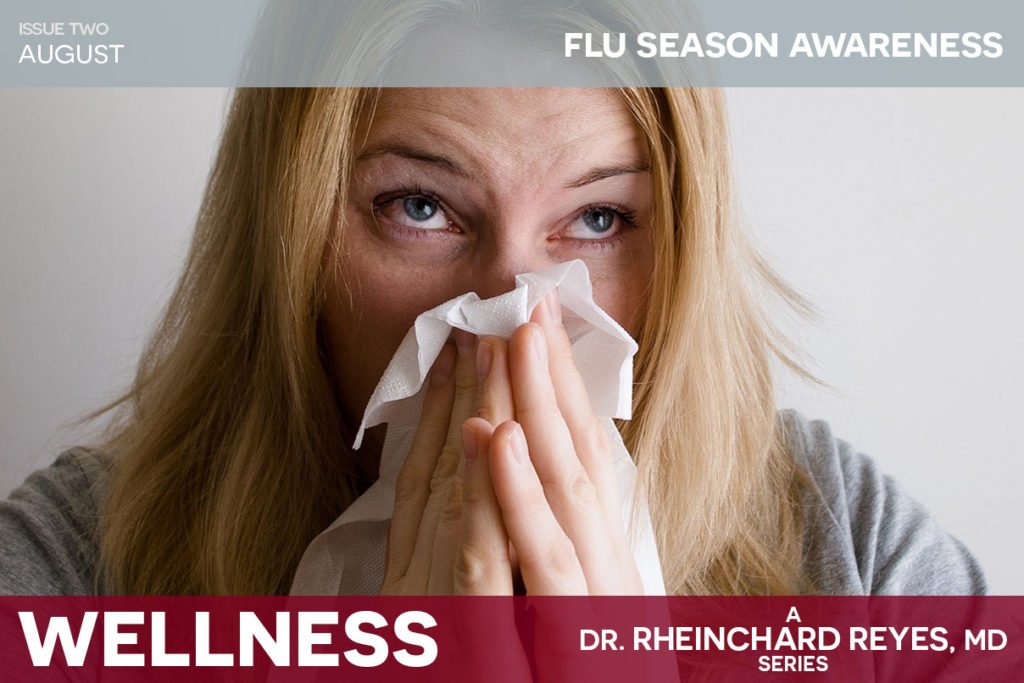Staying ahead of the game, this year we have decided to enter our flu season recommendations early. Flu vaccination is generally available from the first days of September through mid-November. However, flu season spans from October to May, so the CDC highly recommends that you and your loved ones get your flu shot no later than the end of October.
The CDC is the nation’s disease prevention agency. Created back in 1946, it experienced major changes in 1970, 1980, and 1992, when its name was officially set to Centers for Disease Control and Prevention. The CDC highly recommends flu shots for anyone 6 months or older. It has also categorized the population groups who are at a higher risk of developing complications from the flu, namely:
- Children, 6 months to 5 years old
- Adults 65 or older
- Pregnant women
- Healthcare providers
- Nursing home residents
So, What Is Influenza Exactly?
Influenza, or flu, is a contagious disease that affects lungs, nose and throat.
Well, the first thing you may have noticed is that the word flu is a shortened form of Influenza, which is the real name of the virus disease responsible for seasonal epidemics year after year.
It is caused by not one, but a number of influenza viruses, which are broken down into two categories, Type A and Type B. Once infected, the resulting illness can be anywhere from mild —meaning you have the ability to heal at home— to severe, which may require hospitalization and, in very extreme cases, lead to death.
As a contagious disease, it is spread by a number of factors:
- Skin to skin contact
- Exposure to a contaminated surface
- Saliva
- Coughing or sneezing, that is, via the airborne droplets expelled into the air
Symptoms
When people first notice the symptoms, many are unsure if what they have coming on is a common cold. Overall, flu symptoms creep up on you more abruptly, are more severe, and last from a few days to two weeks.
- Sudden, excessive fatigue
- Body aches
- Headache
- Chills
- Fever
- Sore throat
- Persistent cough
- Tightness on chest
- Wheezing, runny nose, congestion
- Diarrhea, nausea, vomiting
Did You Know That…?
In the US, between 5 and 20% of people get the flu every year.
That’s approximately 16 to 64 million people.
There are many flu viruses and they are constantly changing. Flu vaccines in the US are reviewed and updated annually as needed. They protect against the three or four viruses that researchers believe will be most prevalent said year.
Vaccine manufacturers project the 2019-2020 flu season will require 162 to 169 million doses in the US.
Flu shot efficiency fluctuates year to year and between individuals.
The CDC has found that flu shots lower the risk of flu by about 50 to 60%.
Wrapping Up
BEST WAY OF AVOIDING THE FLU?
GET VACCINATED EVERY YEAR.
Sources:
https://www.cdc.gov/flu/season/flu-season-2019-2020.htm
https://www.solvhealth.com/blog/flu-shot-guide


